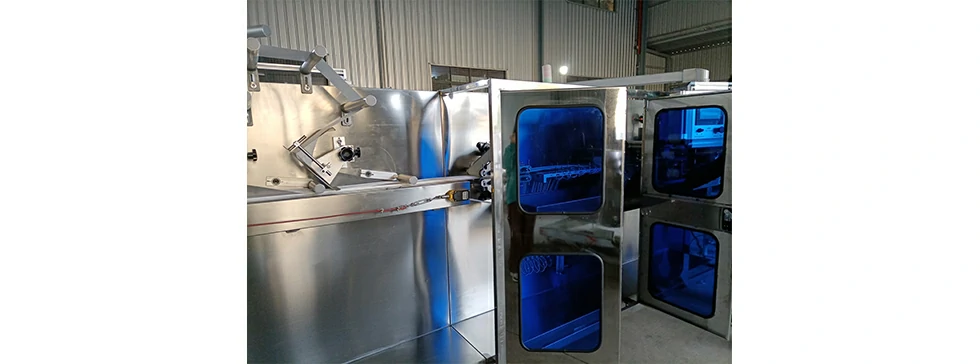Maintaining accurate records of production activities, including downtime, maintenance, and quality control checks, is crucial for monitoring performance, identifying inefficiencies, and ensuring compliance with regulatory standards.
Here are steps to maintain accurate records:
- Establish Documentation Procedures: Develop standardized procedures for documenting production activities, including the format, frequency, and responsible personnel for recording information.
- Utilize Production Logs: Use production logs or electronic databases to record essential information such as production start and end times, batch numbers, quantities produced, and any deviations from standard operating procedures.
- Track Downtime: Record downtime events, including the reasons for downtime, duration, and impact on production output. Use downtime tracking software or logs to capture real-time data and identify trends or recurring issues.
- Implement Maintenance Logs: Maintain detailed maintenance logs to track scheduled and unscheduled maintenance activities, including equipment repairs, component replacements, and preventive maintenance tasks. Include information such as maintenance dates, performed tasks, and parts used.
- Document Quality Control Checks: Establish protocols for conducting quality control checks at various stages of the production process. Document inspection results, including measurements, observations, and any corrective actions taken. Use standardized forms or checklists to ensure consistency and accuracy.
- Record Equipment Performance: Keep records of equipment performance metrics, such as operating temperatures, pressures, speeds, and cycle times. Monitor equipment efficiency and identify potential issues or areas for improvement.
- Capture Production Metrics: Track key performance indicators (KPIs) related to production efficiency, yield rates, scrap rates,20 lanes wet wipes machinery and overall equipment effectiveness (OEE). Analyze production metrics to identify opportunities for optimization and process improvement.
- Implement Electronic Data Capture: Use electronic data capture systems or software solutions to streamline record-keeping processes and reduce manual errors. Implement barcode scanning, RFID technology, or automated data entry to improve accuracy and efficiency.
- Train Personnel: Provide training to personnel responsible for documenting production activities to ensure they understand the importance of accurate record-keeping and adhere to established procedures. Emphasize the significance of data integrity and compliance with regulatory requirements.
- Review and Verify Records: Regularly review and verify production records for completeness, accuracy, and compliance with regulatory standards. Conduct audits or inspections to ensure that documentation practices are consistent and reliable.
- Maintain Data Security: Implement measures to safeguard production records and sensitive information, such as access controls, encryption, and backup procedures. Protect data integrity and confidentiality to prevent unauthorized access or tampering.
- Continuous Improvement: Continuously evaluate and improve record-keeping processes based on feedback, performance metrics, and industry best practices. Identify areas for optimization and implement changes to enhance data accuracy, efficiency, and reliability.
By following these steps, organizations can maintain accurate records of production activities, downtime, maintenance, and quality control checks, enabling better decision-making, regulatory compliance, and overall process efficiency.
